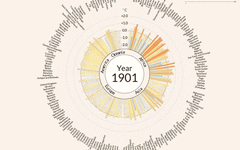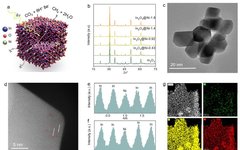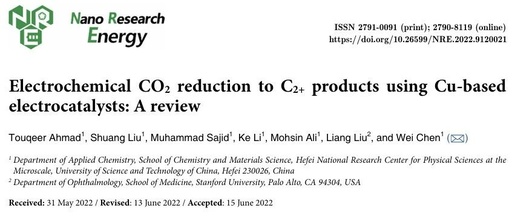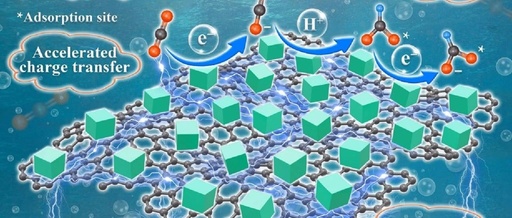Advancements and Prospects of Near-Infrared Light-Driven Carbon Dioxide Reduction Reactions
In the field of photoconversion of carbon dioxide (CO₂) into high-value chemicals, the importance of near-infrared (NIR) light is gradually being recognized. Compared to ultraviolet (UV) and visible light, near-infrared light (700-2500 nanometers) accounts for about 50% of solar energy, offering unique advantages such as greater penetration depth and photothermal effects. Therefore, utilizing near-infrared light … Read more




